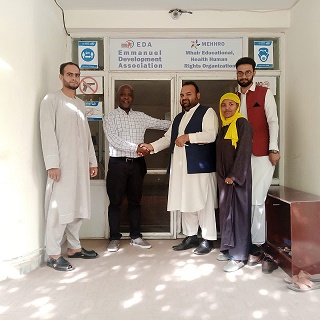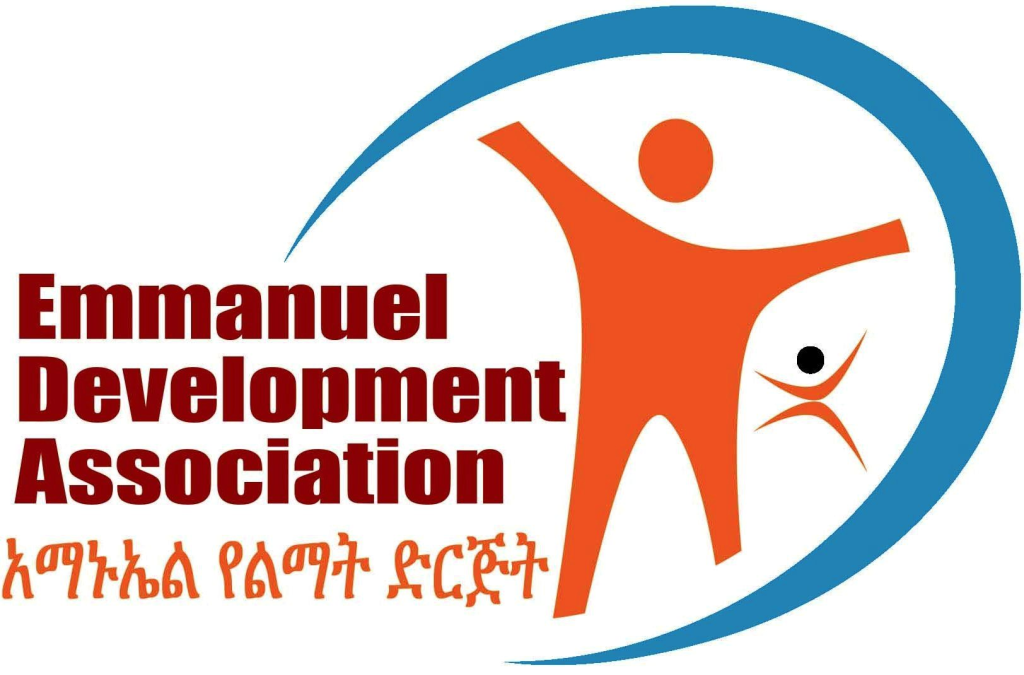Capacity Building of Agriculture Livelihoods
Smallholders in EDA operation areas are benefited from the climate-smart agricultural schemes. Various smallholders-led interventions positively impact lives by developing the potential of farmers to be actively involved in the processes of change to minimize the negative impacts of climate change.
EDA provides direct and indirect capacity building activities such as providing farmers with information on climate change and its impact on their yields and livelihoods, building farmers skills and knowledge to deal adequately with climate variability, laying the foundations for individuals to build various capitals, directly assisting in coping and adaptive livelihood activities, financial assistance to build livelihood capitals and engaging in impact offsetting strategies. EDA empower over 4568 smallholders in the rural intervention areas both Amhara and Oromia since 2010. Value addition in their product helped the smallholder to compute in the market in the form of the value chain to establish a business relationship with the export market. These determinants of adaptive capacity provide interesting input in terms of guidance for management options to enhance the adaptive capacity of the communities in the face of climate change. Such results are significant in informing policy and practice at the national and local levels.

Developing Youth Livelihood and Entrepreneur skills
The potential of entrepreneurship for unlocking youth-led livelihood development is a critical challenge in Ethiopia. Poor microfinance services and inadequate policies and strategies along with the low level of enforcement and poor infrastructure account as the major problem contributors to the low levels of entrepreneurship employment opportunities for the youth in Ethiopia. The youth Livelihood program at EDA has great alternative potential that could help to reduce the current youth unemployment rate in the country.
Offering credit facilities, business management skills, mentorship, and coaching services to young school dropout and undergraduate students enterprise operators and creation of the enabling environment (reinforcing of policies and strategies) for entrepreneurship are identified as the major contributors for entrepreneurship-related employment opportunities. EDA has been addressed over 14,500 unemployed youth with quality marketable business training in Ethiopia. According to the EDA report, 98 % of all trained youth successfully run their group and individual business activities in Amhara regional state and Addis Ababa.
Gender-Based Violence’s (GBV) and Target Community
EDA implemented this activity using brainstorming to help participants understand the different expectations towards and demands on girls/ young women and boys/young men in contemporary society. It allows participants to explore concepts of gender equality further. The guidelines of the GBV are used to design and implement the project as a cross-cutting activity in all EDA programs. Different activities were conducted during a discussion on questions of gender inequality and socialization into gender-based stereotyping. This methodology will help the participants to internalize and understand their context for reflection.
Impact of Gender-Based Violence: During conversations, the participants look at various examples of gender-based violence and discuss the consequences for the individuals concerned and for society as a whole. This kind of discussion will be conducted to address the GBV issues at all levels to the mainstream in the community structure.
As a development organization, EDA may play a role in offering this protection – e.g. social services and avail referral linkages with the appropriate institutions. EDA believes that the state has a responsibility to support services, but in our context, the government supports very little of the victims, they will be provided by third parties such as civil society organizations like EDA. Since 2009 EDA has addressed and supported over 23,679 victims in its operational areas.
